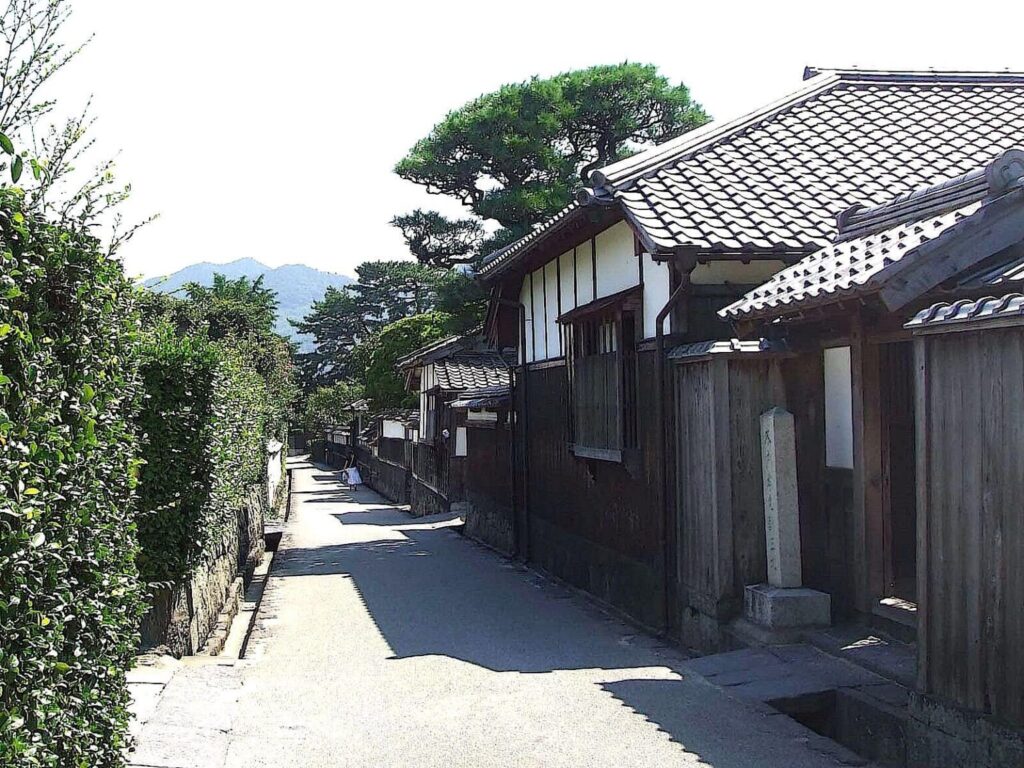The real Japan expert’s way of traveling is to go beyond the standard route of Tokyo, Mount Fuji, Kyoto, and Hiroshima. If you want to escape from the famous tourist spots and experience Japan as it really is, we recommend visiting Hagi and Tsuwano, which are close to Hiroshima and can be reached in less than 2.5 hours.
In the 1970s, traveling by train to castle towns and inn towns was a boom, and Hagi and Tsuwano became popular destinations for castle towns, along with the famous Magome-juku and Tsumago-juku on the Nakasendo Highway. Hagi and Tsuwano are also rich in nature; therefore, hiking and cycling are recommended for those who want to actively enjoy the natural beauty of the castle towns.
In this article, we will introduce ways to spend an active day in the natural beauty of the castle towns Hagi and Tsuwano. Let‘s have a look at how you can enjoy these two beautiful small castle towns that still retain the atmosphere of the Edo period.

Tsuwano
Tsuwano is a beautiful small castle town with a population of 6,500 and is known as “Little Kyoto.” It is a very quiet town and a good size for walking around.
Where are places to visit in Tsuwano?
Tonomachi Street


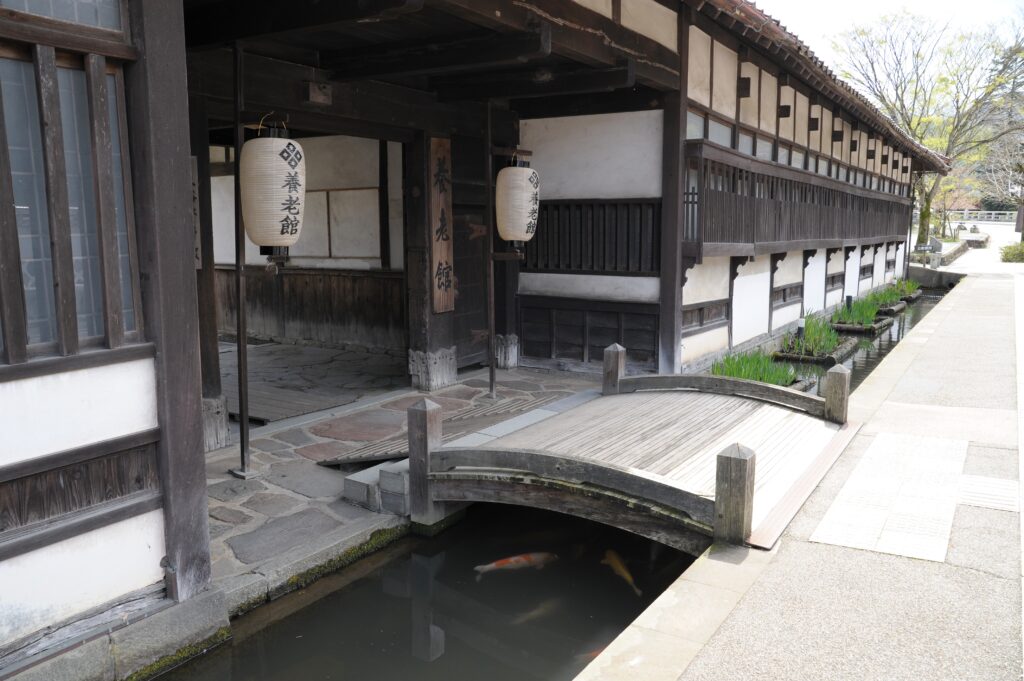
“Tonomachi Street” is famous for its cobblestone pavement and old buildings that create an atmospheric townscape, and colorful carp are swimming in the waterways alongside the street.
Tsuwano is a unique place where three different religions come together, each with its own famous spots: Christianity (Otome Pass, Tsuwano Catholic Church), Buddhism (Yomeiji Temple), and Shintoism (Taikodani Inari Shrine).
Otome Pass

In the mountains behind the town of Tsuwano stands the St. Maria Chapel, which was built in 1951 as a memorial for 37 Christian martyrs. During the Meiji period (1868), Christianity became strictly forbidden in Japan, and 153 clandestine Christians were sent to Tsuwano from Nagasaki, and initiatives were made to convert them. However, 37 of the believers who refused to comply were martyred by torture.
Beside the chapel is a monument with a statue of the Virgin Mary and a man in a cage, portraying the story of a man who told about a lady visiting him during the night, a lady who is said to be the Virgin Mary.
St. Mary’s Church

Constructed in 1931 by a German priest, Tsuwano Catholic Church boasts a visually striking exterior in the Western Gothic style. Inside, the church combines Western and Japanese elements, featuring tatami flooring and striking stained glass windows.
Yomeiji Temple
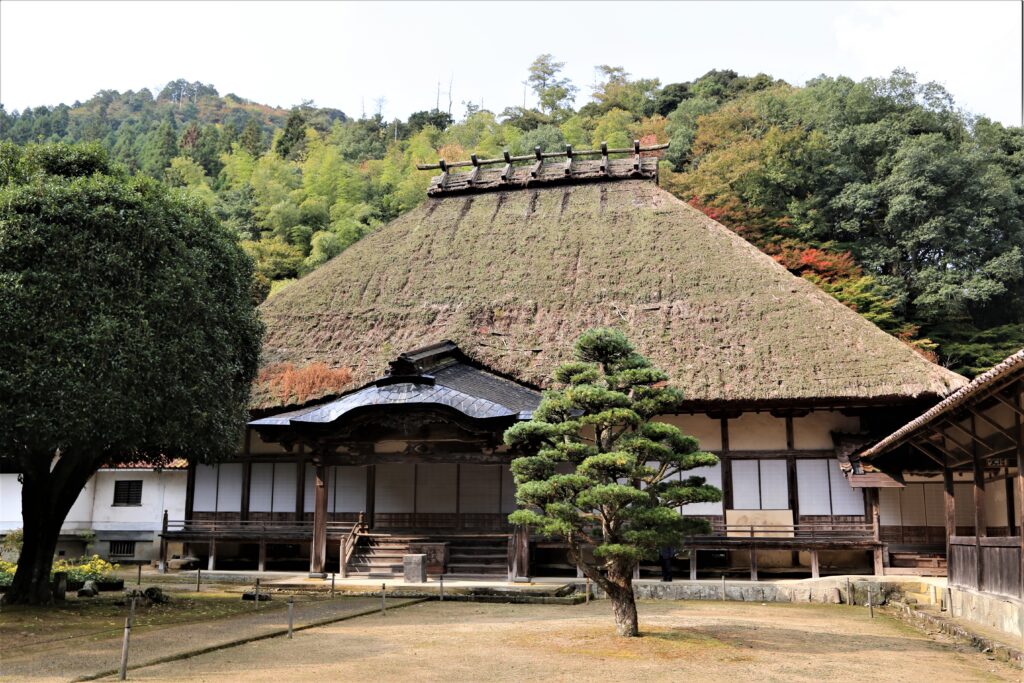
Built in 1420 by the Yoshimi clan, the temple served as the family temple for all the domain lords until the Meiji Restoration in 1868. In front of the temple, you can find a gate, which is quite unusual for temples. This gate, flanked by earthen walls, once delineated the boundary between the merchant district and the residences of the samurai.
The cemetery situated in front of Youmeiji is the final resting place for several notable figures from Tsuwano. Among them is Ogai Mori, a famous writer of the Meiji period and a Surgeon General of the Army. Additionally, near the temple’s entrance lies another graveyard, housing the Kamei clan, who were the domain lords of Tsuwano from 1618 to 1871.
Taikodani Inari Shrine

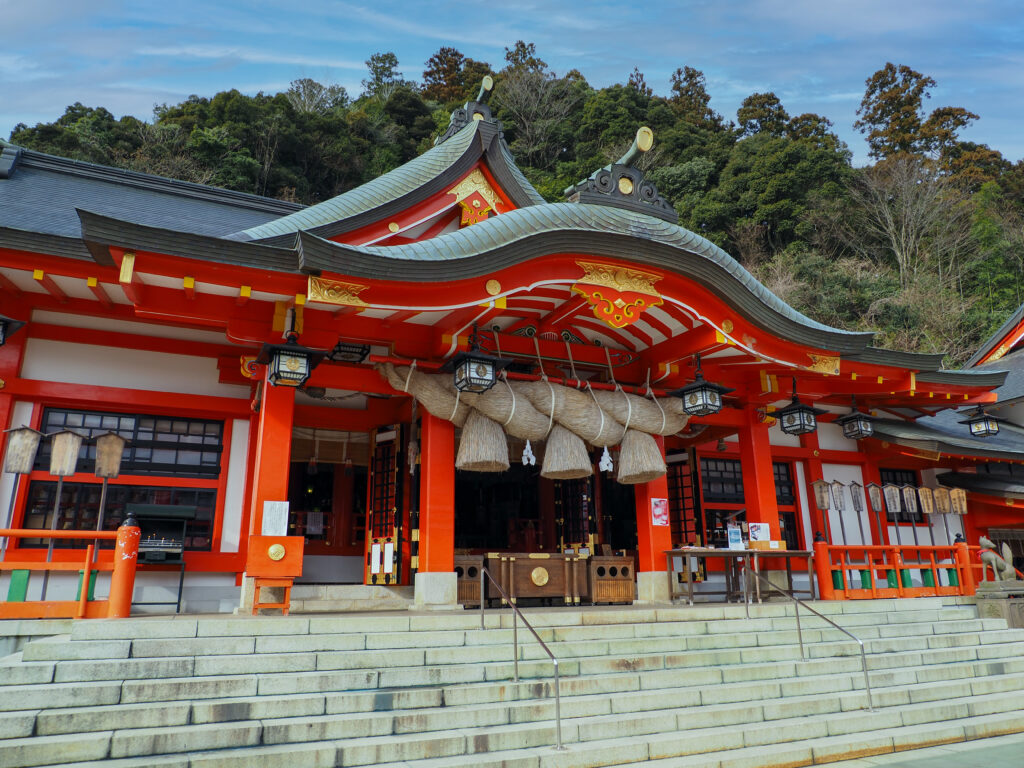
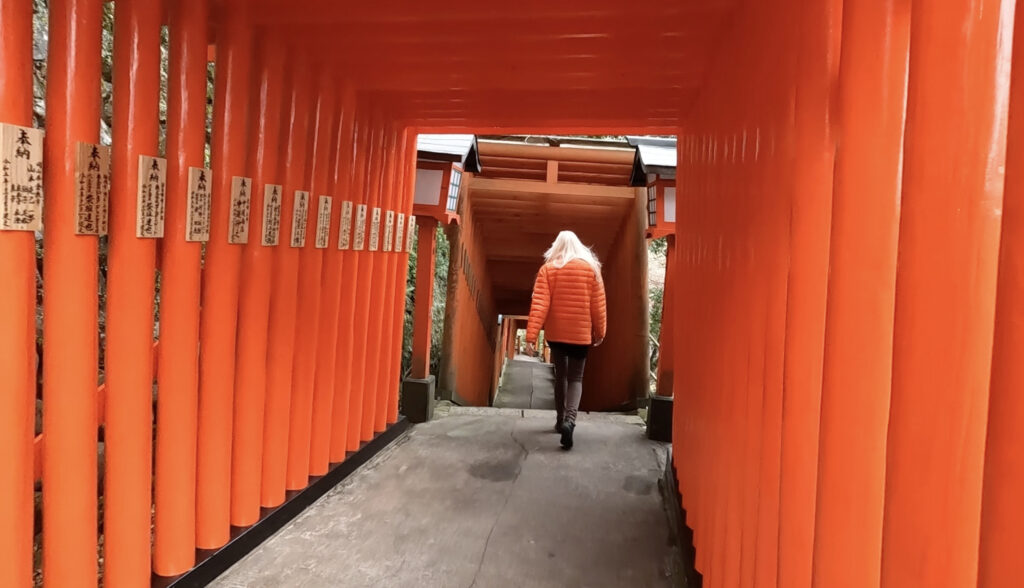
This shrine is one of the five greatest Inari shrines in Japan. It was built in the mid-18th century, northeast of Tsuwano Castle, with the intention of protecting the castle against evil spirits. According to traditional beliefs, the northeastern direction is the kimon—a demon gate where bad spirits can enter one’s life and wreak havoc. To counter the unlucky power of the northeast, cities in Japan often build temples or shrines facing this direction so that deities can offer protection. Today, people visit the shrine to pray for a good harvest, prosperity, and good fortune.
What is Tsuwano famous for?
Iwami Kagura
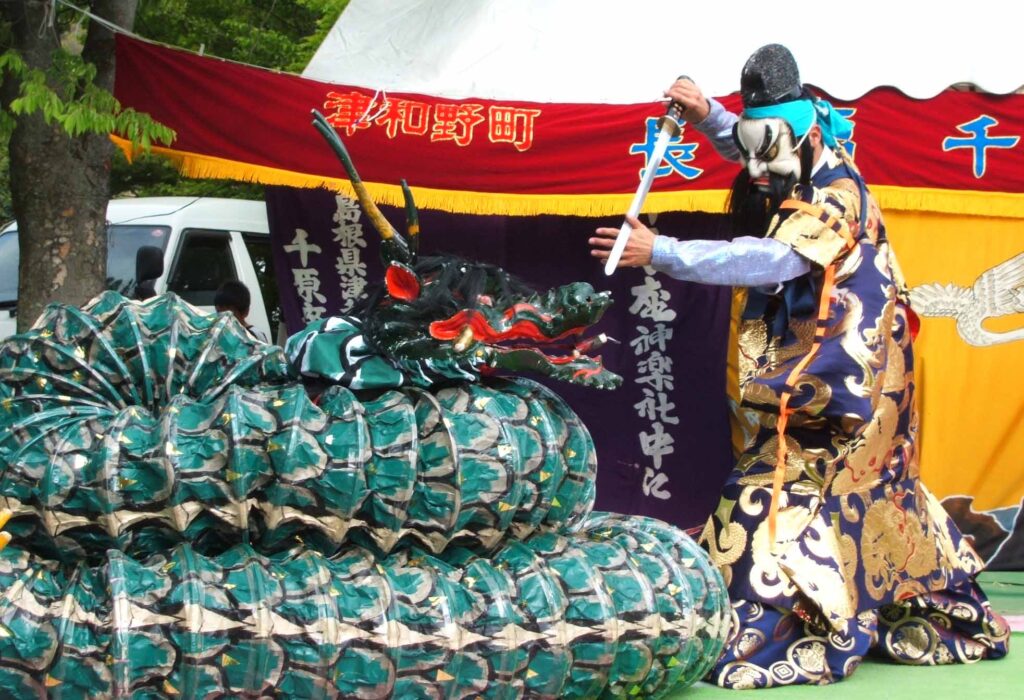


Tsuwano is famous for Iwami Kagura. It is a traditional Japanese theatrical dance originating from the Iwami region in Shimane Prefecture. Rooted in Shinto rituals, it features colorful costumes, masks, and performances depicting scenes from Japanese mythology. Accompanied by traditional music, Kagura is both a form of entertainment and a way to honor deities during festivals. Regional variations exist, with each area having unique stories and characters.
Mame-cha
Tsuwano is also known for “Mame-cha”, the oldest tea that appeared in Japan. Tsuwano is the most favorable for Mame-cha production thanks to its weather and warmer climate, which makes the shoots more fragrant. The Mame-cha boasts a strong taste, but it is and smells very sweet. Due to these reasons, we can find ice cream, pancakes, and jams with mame-cha flavor. When dealing with tea’s growing up, Tsuwano’s farmers always take care about environmental issues. Notably, tea production abstains from the use of pesticides.
Sagimai
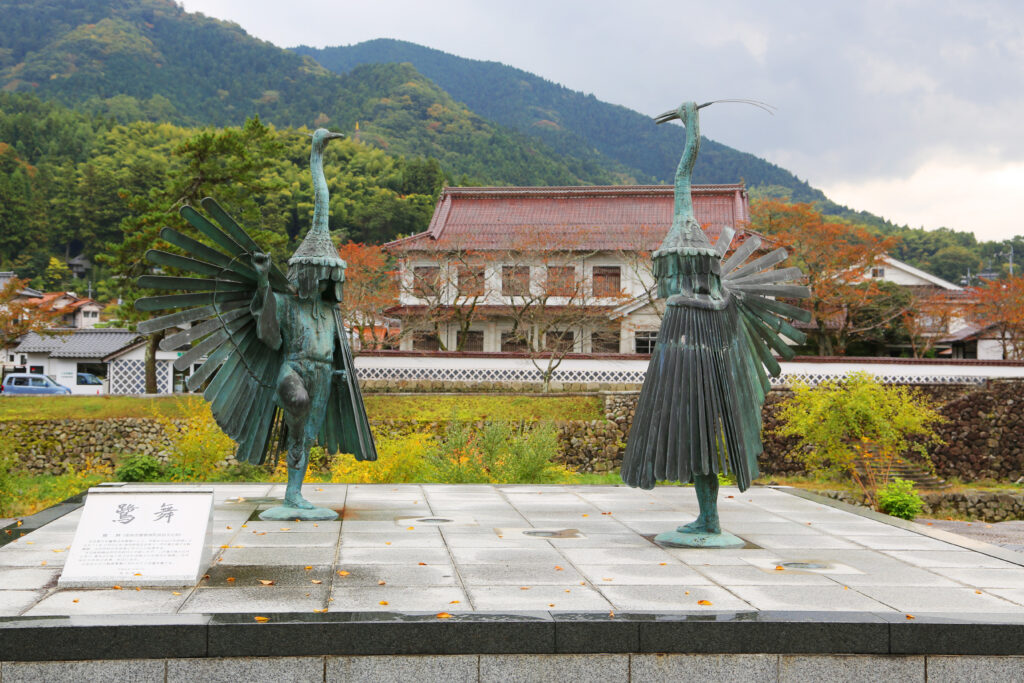

Another tradition of Tsuwano is Sagimai (Sacred Heron Dance). Initially presented at the Gion Festival in Kyoto, Sagimai was introduced to Tsuwano in 1542. Remarkably, Tsuwano stands as the sole location in Japan where the Heron Dance has been consistently performed for more than 400 years. This captivating ritual occurs annually on July 20th and 27th, featuring two herons—a male and a female — alongside numerous performers playing flutes, drums, and singing. The two herons spread their wings as they dance around each other, resembling the mating dance of the actual birds.
Hiking:
Mount Reiki – Tsuwano castle ruins
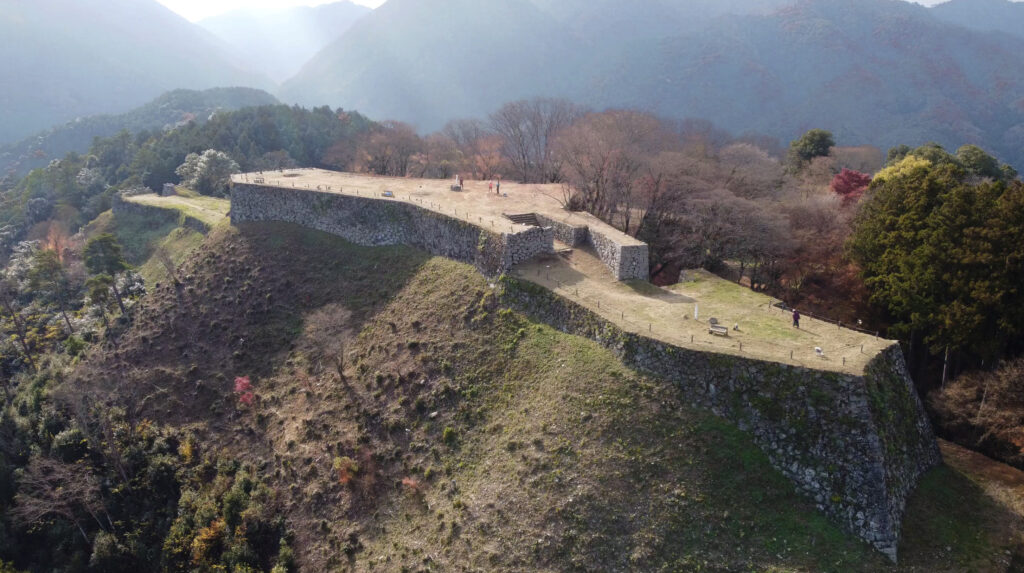
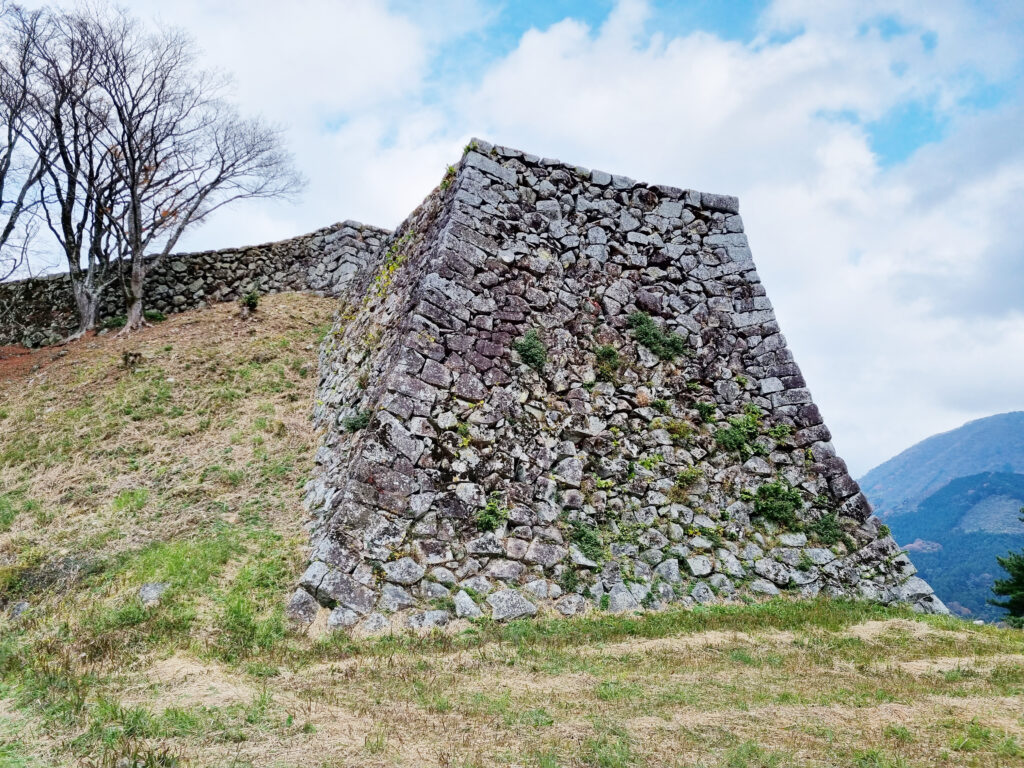
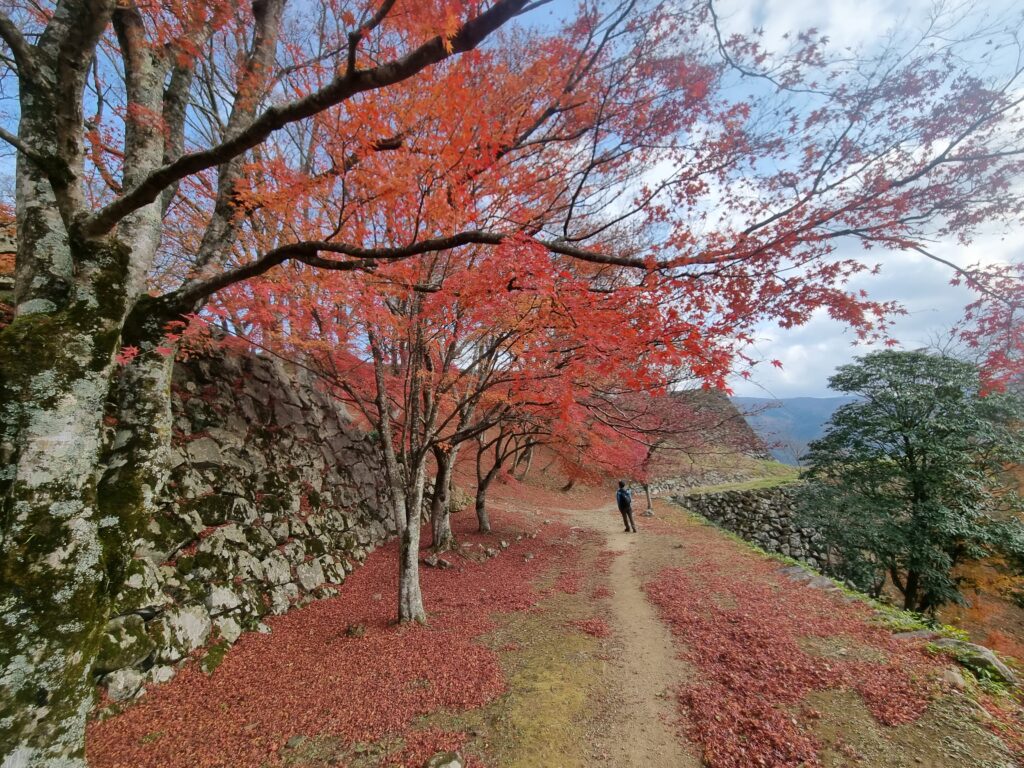
Level: Beginner
Distance: 275m
Elevation: 362m
Duration: approx. 1 hour
If you enjoy hiking, the route to the castle ruins on Mount Reiki is highly recommended. They can be reached either by chairlift or on foot. The trail up to the ruins takes about 40 minutes on foot. If you take a chairlift as far as the first part of the castle ruins, it is still a 15-minute walk to the main open area. The hike is not so difficult and is even doable for beginners. You can also enjoy great views of Tsuwano from the top.
Mt. Aono
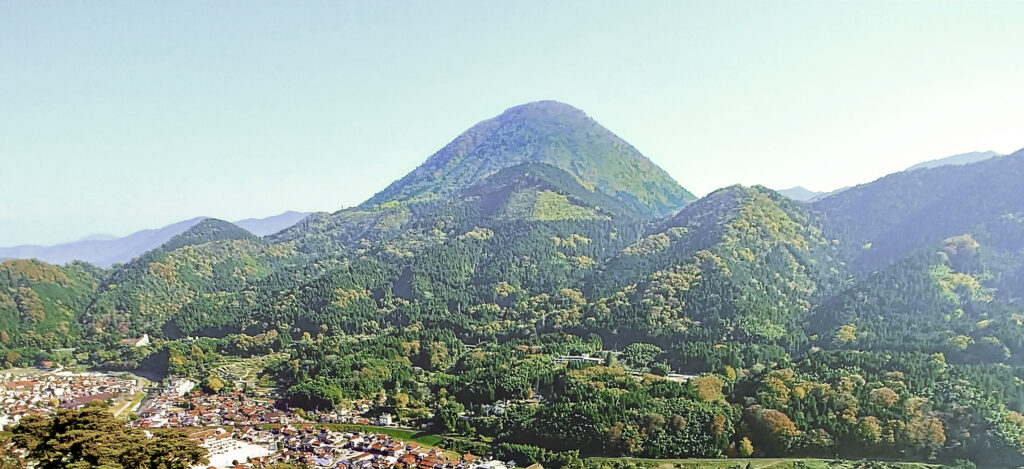
Level: Beginner
Distance: 2,1 km
Elevation: 907m
Duration: approx. 2,5 hours
For those who want to do more hiking, Mt. Aono nearby is also recommended. Mt. Aono is a 907-meter-high volcano located in Tsuwano Town. The mountain is shaped like an inverted bowl, with a relatively large valley on the north side. The beauty of the mountain’s shape has made it a symbolic mountain of Tsuwano Town, and it is well known to the townspeople.
Cycling:
Also, you have the opportunity to do a cycling tour through Tsuwano on an electric bicycle. “Yu-na” is a 3-hour ride that explores the stories of the region based on the concept of “a journey not found in guidebooks”.
The tour is available in Japanese, English and conducted by a lovely, cheerful cycling guide, who’s passion for this region and its history is contagious.
The theme of the tour is “Connect with cultures that preserve time and feel the preciousness of history.” The guide uses the 100 Views of Tsuwano by Kurimoto, which can be seen at the Tsuwano Japan Heritage Center, to show the participants pictures of places from ancient times compared with today. They depict the former daily life of the area, and you will see that most places are still preserved by the town of Tsuwano. We highly recommend this cycling tour for a great overview of the town in a dynamic way!

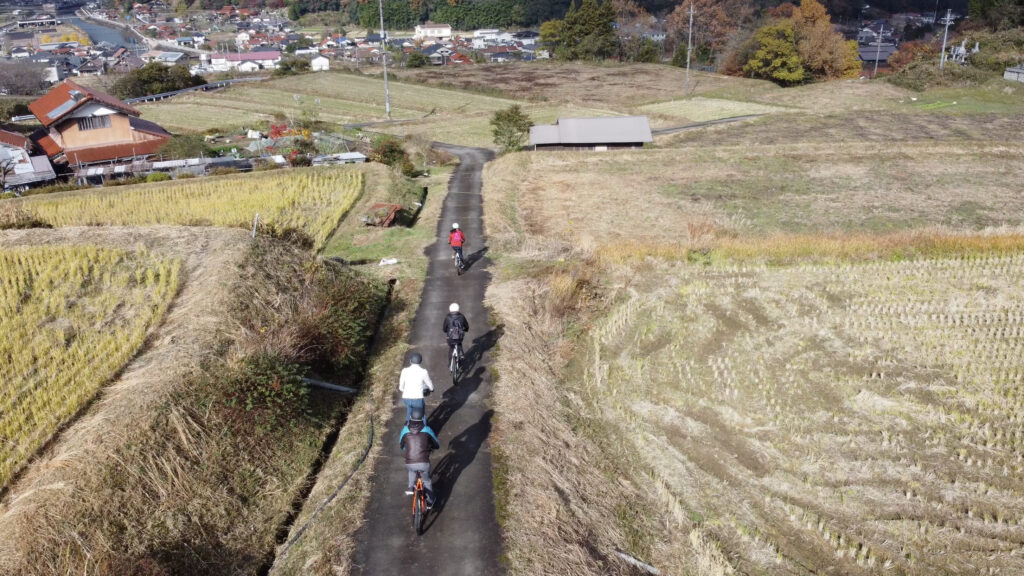
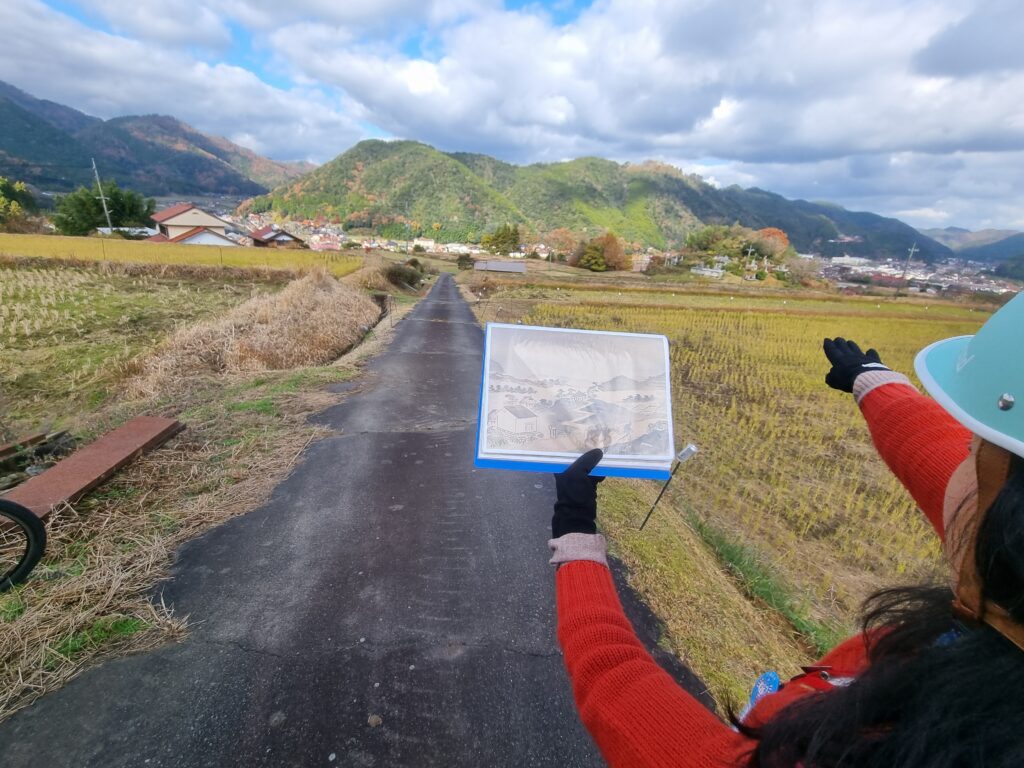
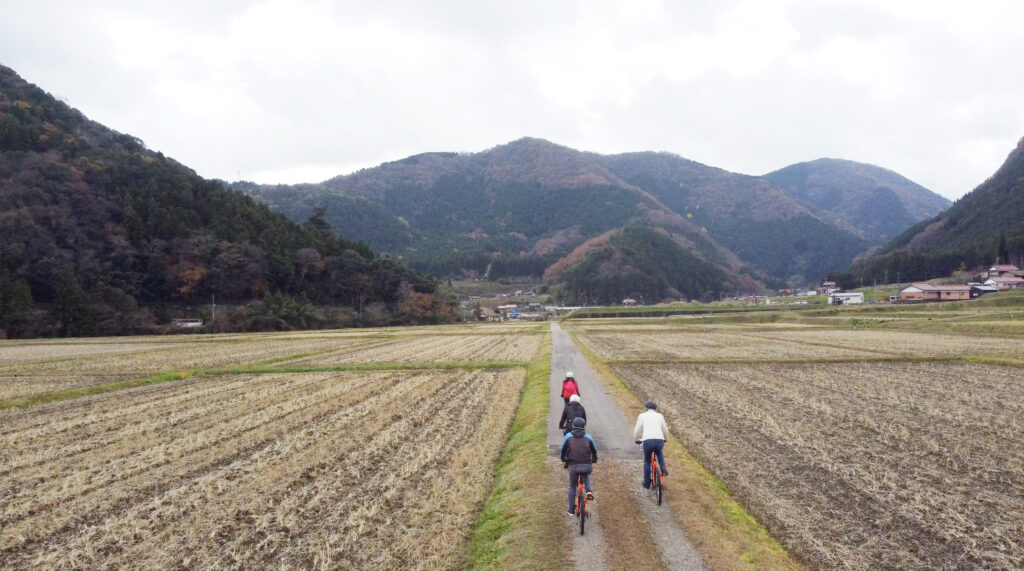
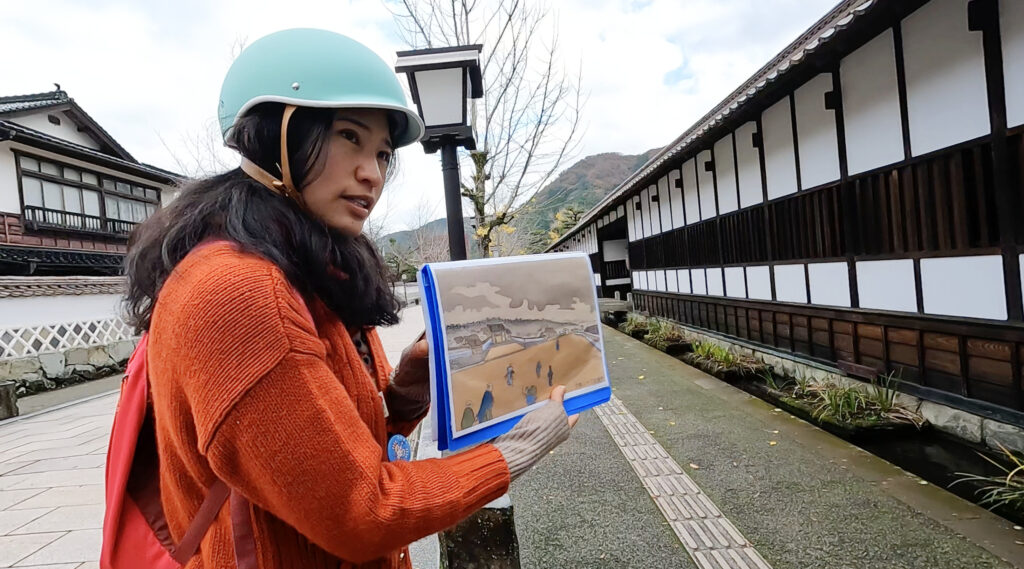
Local food & restaurant recommendations:
Yuuki
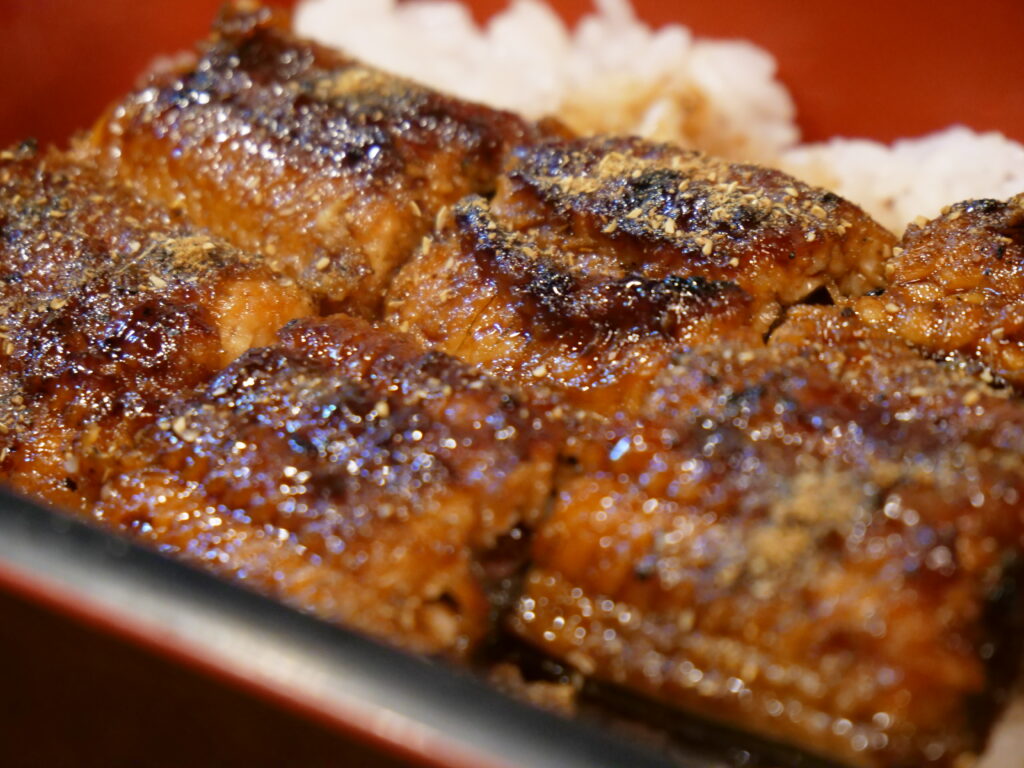
A restaurant with a quaint atmosphere where they serve traditional food such as “Ayu (a river fish)” or “Uzume meshi”, which includes vegetables, cooked fish, and rice. The interior and the small river that flows through the restaurant, in which carp and Japanese pond turtles swim, make the restaurant so special.
Chishanoki (a small farmhouse restaurant in a castle town)
The restaurant is marked by the carved wooden monkey in front of the store. In addition to growing chestnuts and producing and selling local confections in Tsuwano for generations, the shop is popular for its “Juwari Soba” made from buckwheat flour and water, without using any binding agent.
Access:
It takes just around two hours from Hiroshima to Tsuwano by bullet train and limited express! Optionally, you can take the bullet train and transfer at Shin-Yamaguchi Station to the Yamaguchi Line (2,5 hours).
You can also fly directly from Tokyo or Osaka via Yamaguchi-Ube Airport, Hagi Iwami Airport, or Iwakuni Airport, or via the Shinkansen bullet train to Shin-Yamaguchi.
Hagi, Tsuwano PR Videos!



